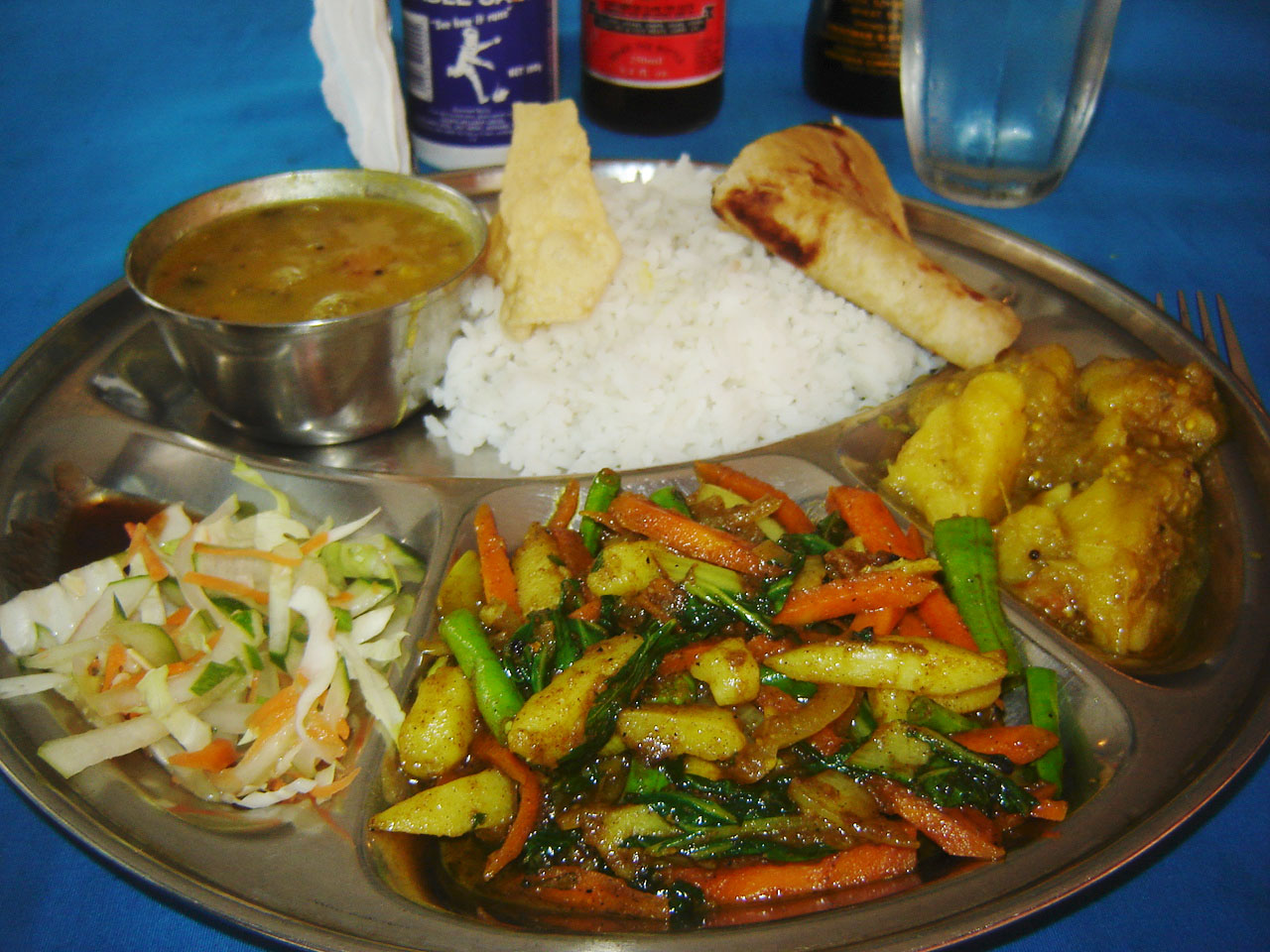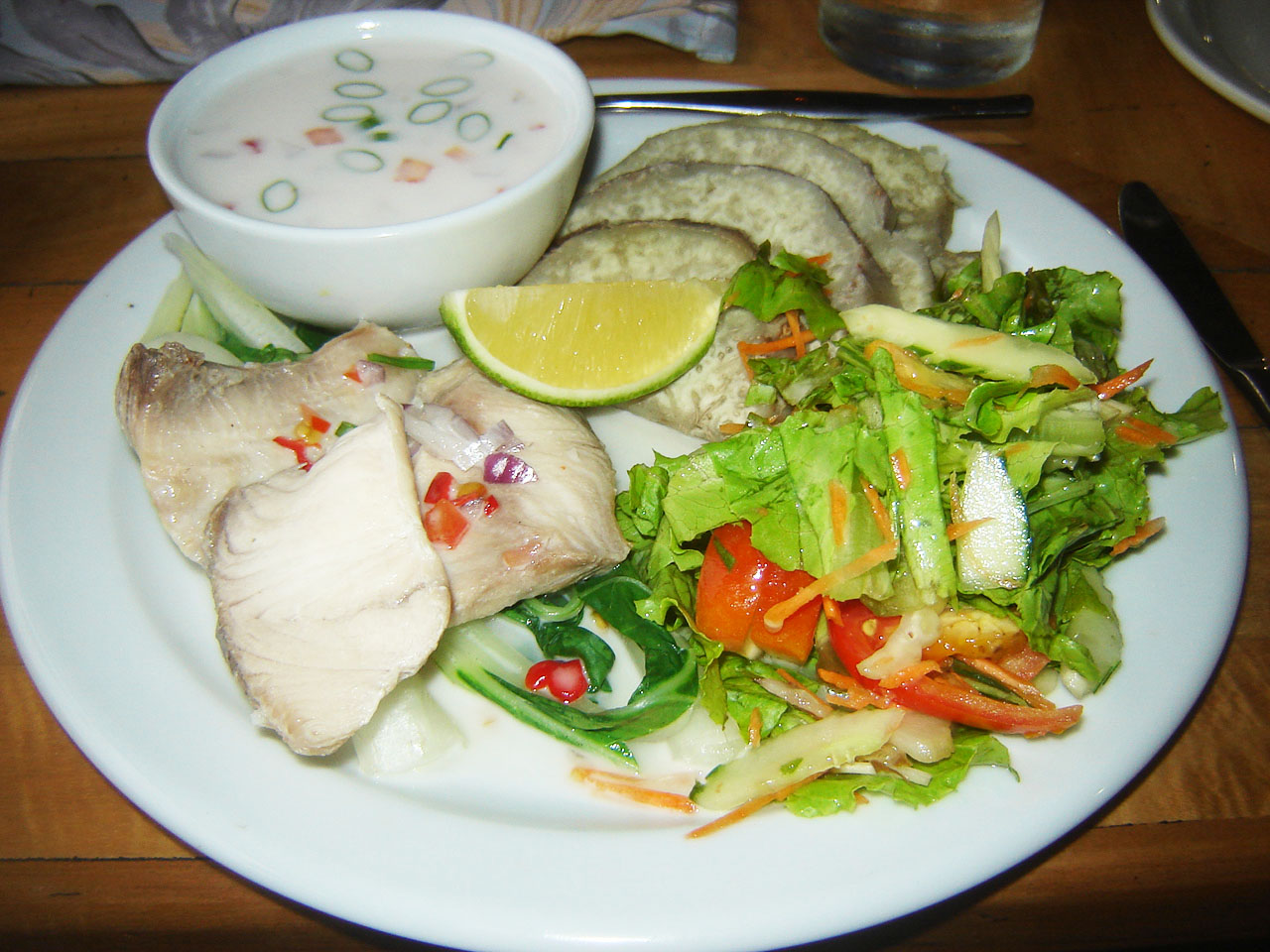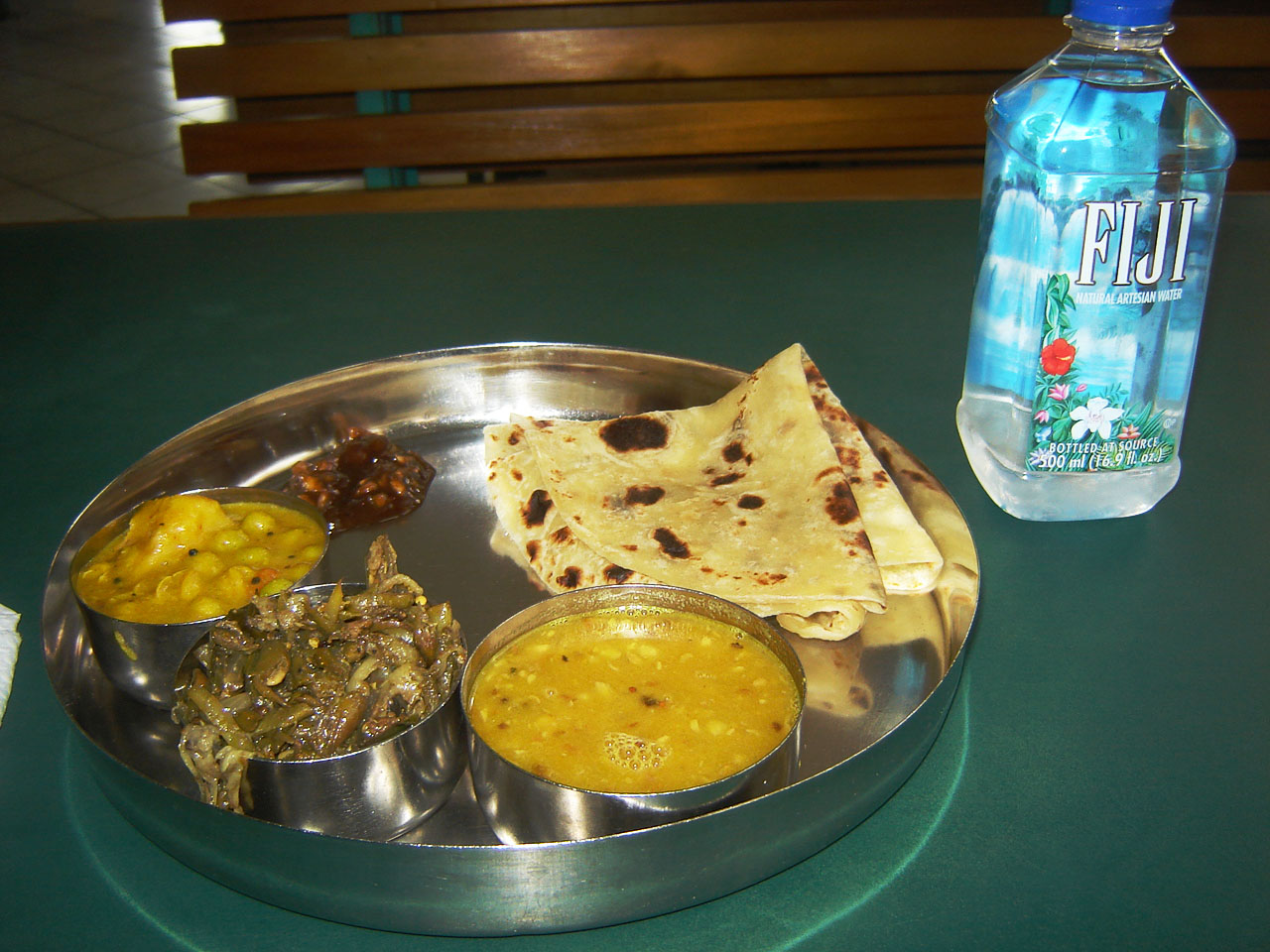Advertiser Disclosure: noworkalltravel.com earns an affiliate commission for anyone making a purchase through some links available on this website. For more information, please visit the Advertising and Privacy Policy page.
I was in Fiji a couple of times for work, most recently in 2017. In between meetings, there was plenty of time to make my first discoveries of Fijian cuisine. Although I really had no idea what might be on the menu, one hunch was that some meals would be influenced by India, given the history between the two countries.

In the latter half of the 19th century, thousands of Indians were brought over by the British to work in the sugarcane plantations. Thousands more came voluntarily early in the 20th century. The Indo-Fijian minority is the largest in Fiji as one might have expected, so it’s rather easy to find a bite from the subcontinent in urban areas.

Starting in Nadi, where the primary international airport is located, I found some street food in the form of barbecue. Pictured above, we have boiled cassava, and longaniza, a pork-based sausage in the chorizo family. The cassava – a tropical starch – was very filling.
Vinaka (thanks, in Fijian) for drowning the cabbage slaw in barbecue sauce, too. /s

At my rainforest hotel on the outskirts of Suva, the Fijian capital, I decided to try one of the local specialties, kokoda. Kokoda started off as a local version of ceviche, with walu fish (escolar) being marinated in lime juice and chilies. Eventually, coconut milk was added to the dressing, as was fried taro to serve as an accompaniment. One bite, and I was instahooked.

You had been waiting to see that water bottle, no?
Here we have a thali, the Hindi word for “plate,” which generally consists of a grain (in this case, the wheat flour chapati), lentils, vegetables, and pickles (achar), among other edible goodies.
Have you visited, or do you have interest in visiting Fiji?

Leave a Reply